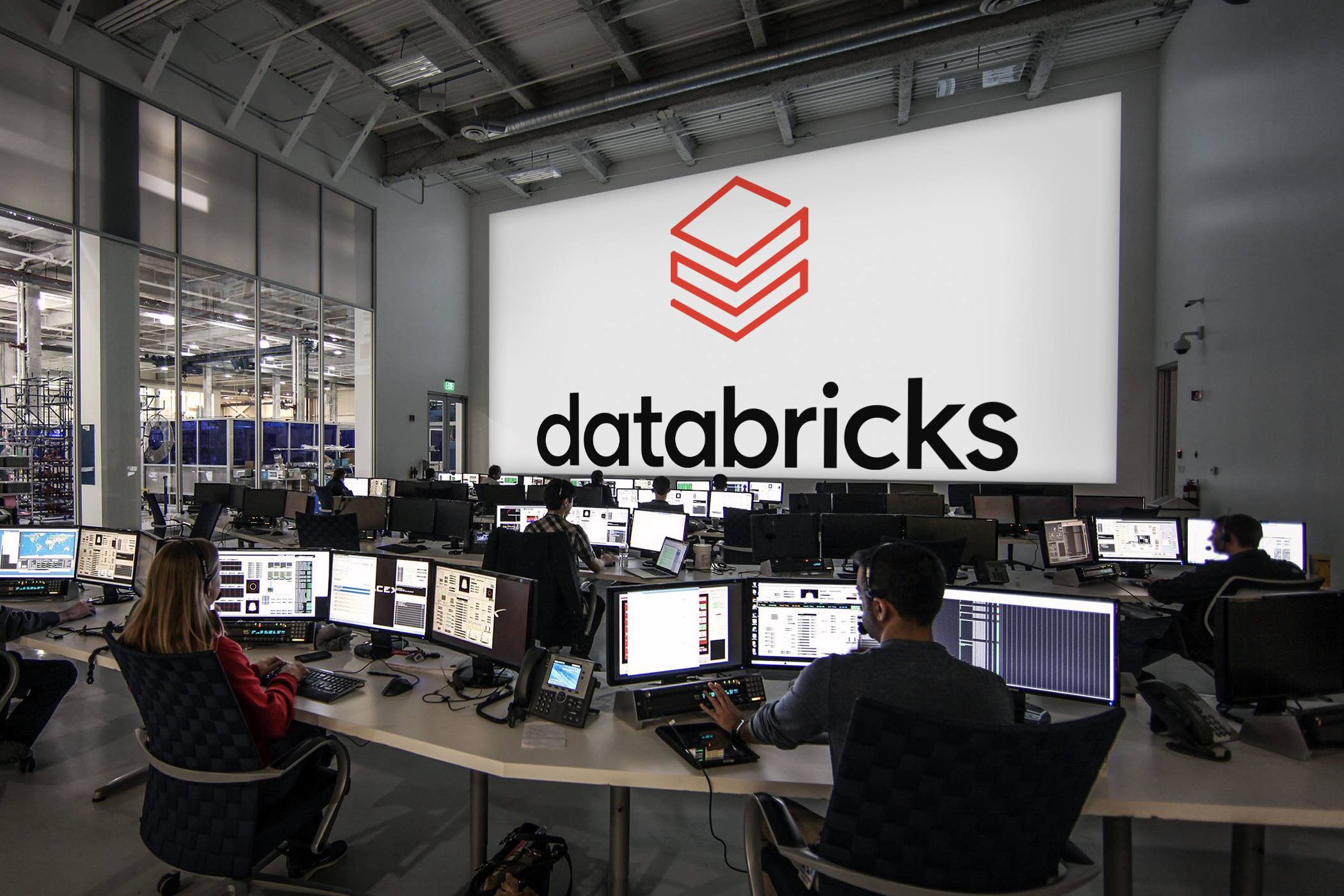
Databricks, the data analytics and AI software company, has successfully secured a Series I funding round, amassing over $500 million and achieving a valuation of $43 billion. This achievement is notable in a climate where numerous late-stage startups are witnessing reductions in their valuations amidst a broader funding slowdown. To put this in perspective, Databricks had previously raised $1.6 billion in August 2021, valuing the company at $38 billion post-funding. The fact that Databricks has added $5 billion to its valuation demonstrates that not everyone is equally affected by prevailing market trends.
The list of investors in this Series I round suggests a blend of pre-IPO financing and strategic investments. Notable pre-IPO participants include T. Rowe Price, Morgan Stanley, Fidelity, and Franklin Templeton, as they often invest in companies poised for imminent public offerings. On the strategic front, Capital One Ventures and Nvidia have shown interest.
The connection between Nvidia and Databricks is evident—Databricks is capitalizing on its AI capabilities, built upon its history of selling data and machine learning software, while Nvidia is experiencing heightened demand for its chips and software due to AI-driven applications. Such is the demand for Nvidia chips that certain countries are actively securing supplies for their domestic economies.
Traditional private-market investors like Andreessen Horowitz and Tiger Global also joined the Series I funding.
How did Databricks achieve an up-round in a market characterized by more conservative revenue multiples? The company attributed this success to its second-quarter results, which exceeded a $1.5 billion revenue run rate. Databricks boasts a global customer base of over 10,000, with more than 300 clients generating annual revenues of $1 million or more from its software and services.
Although partial data from Databricks indicates a slowdown in revenue growth, the company also announced that its fiscal second quarter marked its "strongest quarterly incremental revenue growth" in history. This has encouraged investors to believe that when Databricks eventually goes public, it will surpass its $43 billion valuation.
However, this suggests that Databricks is not rushing toward an IPO, which may disappoint those eagerly awaiting its S-1 filing. With an effective revenue multiple of 29x, the company appears relatively expensive for the current market. It appears Databricks intends to expand further before venturing into the public market, indicating a later IPO.
The new capital infusion serves as more of a strategic move than a financial necessity for Databricks, which was not in dire need of cash. This additional funding provides flexibility for potential strategic endeavors, as competition intensifies to gain a share of the burgeoning AI market. The infusion of half a billion dollars will undoubtedly bolster Databricks' ambitions in this space.


_case_grass_Hero_edit.jpg)
